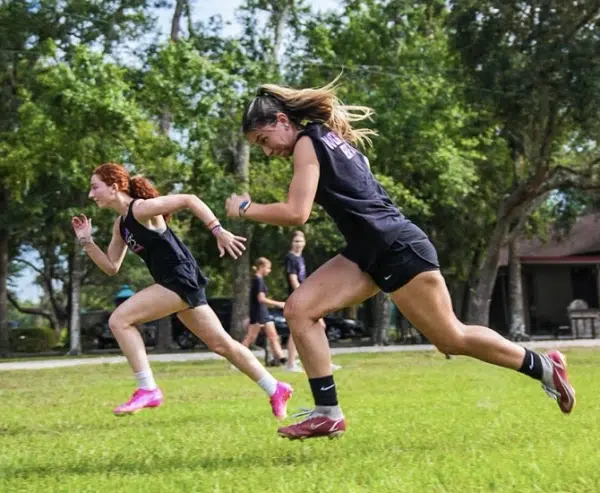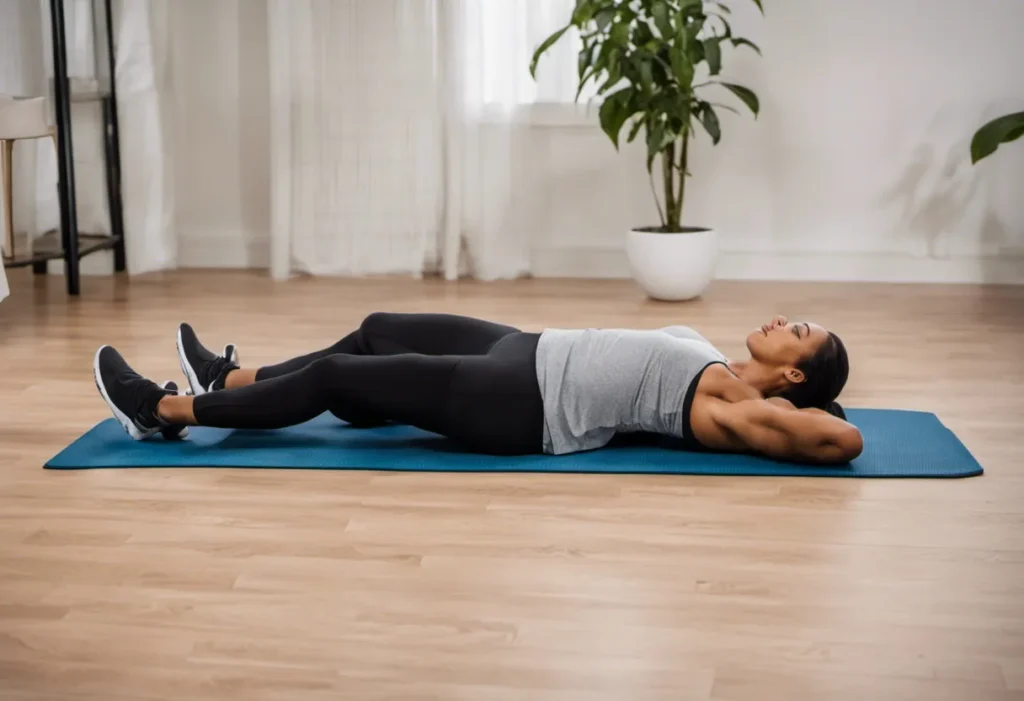Maximizing Performance: Effective Strength Training for Female Soccer Players
Importance of Strength Training for Female Soccer Players
Strength training plays a crucial role in the development and performance of female soccer players. It goes beyond simply improving physical strength; it enhances overall athletic ability and contributes to better performance on the field.
Female soccer players often face unique challenges due to differences in physiology compared to male players. Strength training helps address these differences by targeting key muscle groups, improving speed, agility, endurance, and stability, ultimately giving players an edge in their game.
Key Benefits of Strength Training Specifically for Soccer Players

- Improved Power and Explosiveness: Strength training helps develop explosive power, allowing players to sprint faster, jump higher, and strike the ball with more force. These attributes are essential for success in soccer.
- Enhanced Speed and Agility: Soccer requires quick changes of direction, acceleration, and deceleration. Strength training exercises that focus on speed and agility can improve players’ ability to change direction rapidly and maintain optimal running speed.
- Increased Endurance and Stamina: Soccer matches often last for 90 minutes, and players must possess the stamina to perform at a high level throughout the game. Strength training aids in building muscular endurance, allowing players to maintain consistent performance until the final whistle.
- Reduced Risk of Injury: Strengthening the muscles and promoting proper joint stability through strength training can significantly reduce the risk of common soccer injuries such as ACL tears, hamstring strains, and ankle sprains.
- Improved Core Strength: The core muscles play a vital role in providing stability, balance, and power during soccer movements. Strength training exercises targeting the core muscles can enhance stability and balance on the field.
Understanding the Physiological Demands of Soccer

To maximize the effectiveness of strength training, it is essential to understand the specific physiological demands of soccer. Soccer involves a combination of aerobic and anaerobic activity, requiring players to generate bursts of power and maintain endurance throughout the game.
The physical demands of soccer include sprinting, jumping, kicking, changing direction, and quick accelerations. Strength training should focus on exercises that mimic these movements to prepare players for the specific demands of the game.
Essential Exercises for Improving Speed and Agility

Speed and agility are essential components of an effective soccer player’s skill set. Incorporating the following exercises into a strength training program can significantly enhance these attributes:
- Sprint Intervals: Performing short, intense bursts of sprinting followed by brief recovery periods helps develop speed and explosiveness.
- Ladder Drills: Agility ladder drills, such as lateral shuffles, high knees, and quick feet, improve footwork, coordination, and agility.
- Cone Drills: Setting up cones in various patterns and performing quick turns, accelerations, and decelerations helps improve agility and change of direction.
- Plyometric Exercises: Plyometric exercises, such as box jumps, bounding exercises, and medicine ball throws, improve power and explosive movements.
The Role of Strength Training in Injury Prevention
Injury prevention is a top priority for soccer players, and strength training plays a crucial role in minimizing the risk of injuries. Strong muscles and stable joints contribute to better body mechanics, reducing the strain on ligaments and tendons.
Strength training exercises that focus on strengthening the muscles around the knee and ankle joints, such as squats, lunges, and calf raises, can help prevent common soccer injuries.
Additionally, incorporating exercises to improve flexibility and mobility, such as dynamic stretching and yoga, can enhance joint range of motion and reduce the likelihood of muscle strains and sprains during gameplay.
Optimizing Power and Explosiveness on the Field

Developing power and explosiveness is vital for success on the soccer field. Strength training exercises that target the lower body muscles, including the quadriceps, hamstrings, glutes, and calf muscles, can enhance power and explosive movements.
- Squat Variations: Squats, including back squats, front squats, and split squats, target the lower body muscles and improve overall leg strength and power.
- Deadlifts: Deadlifts engage the posterior chain muscles, including the glutes, hamstrings, and lower back, contributing to improved power and explosiveness during movements such as jumping and sprinting.
- Plyometric Training: Plyometric exercises, mentioned earlier, are also beneficial for developing explosive power.
Building Endurance and Stamina through Strength Training

Soccer matches are physically demanding and can require players to cover long distances on the field. Strength training can contribute to building endurance and stamina, allowing players to perform at a high level throughout the game.
Exercises focusing on muscular endurance and cardiovascular fitness are essential in a strength training program for soccer players:
- High-Intensity Interval Training (HIIT): HIIT workouts combine intense bursts of exercise with short recovery periods. This type of training helps improve both aerobic and anaerobic fitness, translating to better endurance on the soccer field.
- Circuit Training: Circuit training involves performing a series of exercises targeting different muscle groups with minimal rest in between. It improves cardiovascular fitness while building muscular endurance.
- Long-Distance Runs: Incorporating longer runs into a training schedule helps develop aerobic endurance, which is crucial for maintaining performance during extended periods of play.
Developing Core Strength for Enhanced Stability and Balance
A strong core provides a solid foundation for all soccer movements. It improves balance, stability, and power, making players more resistant to physical challenges on the field. Incorporate the following exercises into a strength training routine to develop core strength:
- Planks: Planks target the deep core muscles and help improve overall core stability.
- Russian Twists: This exercise targets the oblique muscles, which play a critical role in rotational movements.
- Medicine Ball Exercises: Incorporating medicine ball exercises, such as rotational throws and slams, engages the core muscles and enhances stability.
- Pilates and Yoga: Pilates and yoga sessions can help improve core strength while emphasizing flexibility, mobility, and body control.
Implementing Periodization for Long-Term Progress
Periodization is a training concept that involves planning and organizing training into distinct phases to optimize performance and avoid overtraining. Implementing a per iodized strength training program for female soccer players can ensure long-term progress and peak performance during important matches.
A periodized training program typically includes phases of building general strength, transitioning to more soccer-specific strength exercises, and incorporating peaking phases closer to important competitions. It allows for adequate rest and recovery and prevents plateauing.
Nutritional Considerations for Strength Training in Female Soccer Players

Proper nutrition is essential to support strength training and optimize performance for female soccer players. Some key considerations include:
- Adequate Protein Intake: Protein is crucial for muscle repair and growth. Female soccer players should aim to consume a sufficient amount of protein to meet their daily needs.
- Balanced Diet: A well-balanced diet should include a mix of carbohydrates, proteins, and fats to provide the necessary energy for soccer training and matches.
- Hydration: Staying hydrated is essential for overall performance. Players should consume enough fluids before, during, and after training sessions and matches to avoid dehydration.
- Pre and Post-Workout Nutrition: Consuming a nutrient-rich meal or snack before and after strength training sessions helps provide the necessary energy and aids in recovery.
Conclusion
Strength training is a vital component of the training regimen for female soccer players. It offers a range of benefits, including improved power, speed, agility, endurance, and injury prevention. By incorporating targeted strength training exercises and following proper nutrition and periodization principles, female soccer players can maximize their performance on the field, giving them a competitive advantage.






